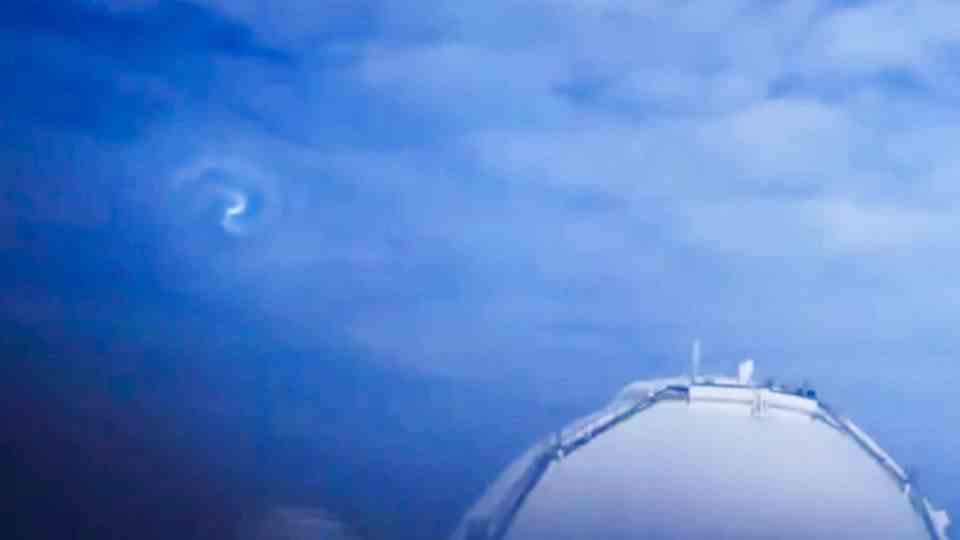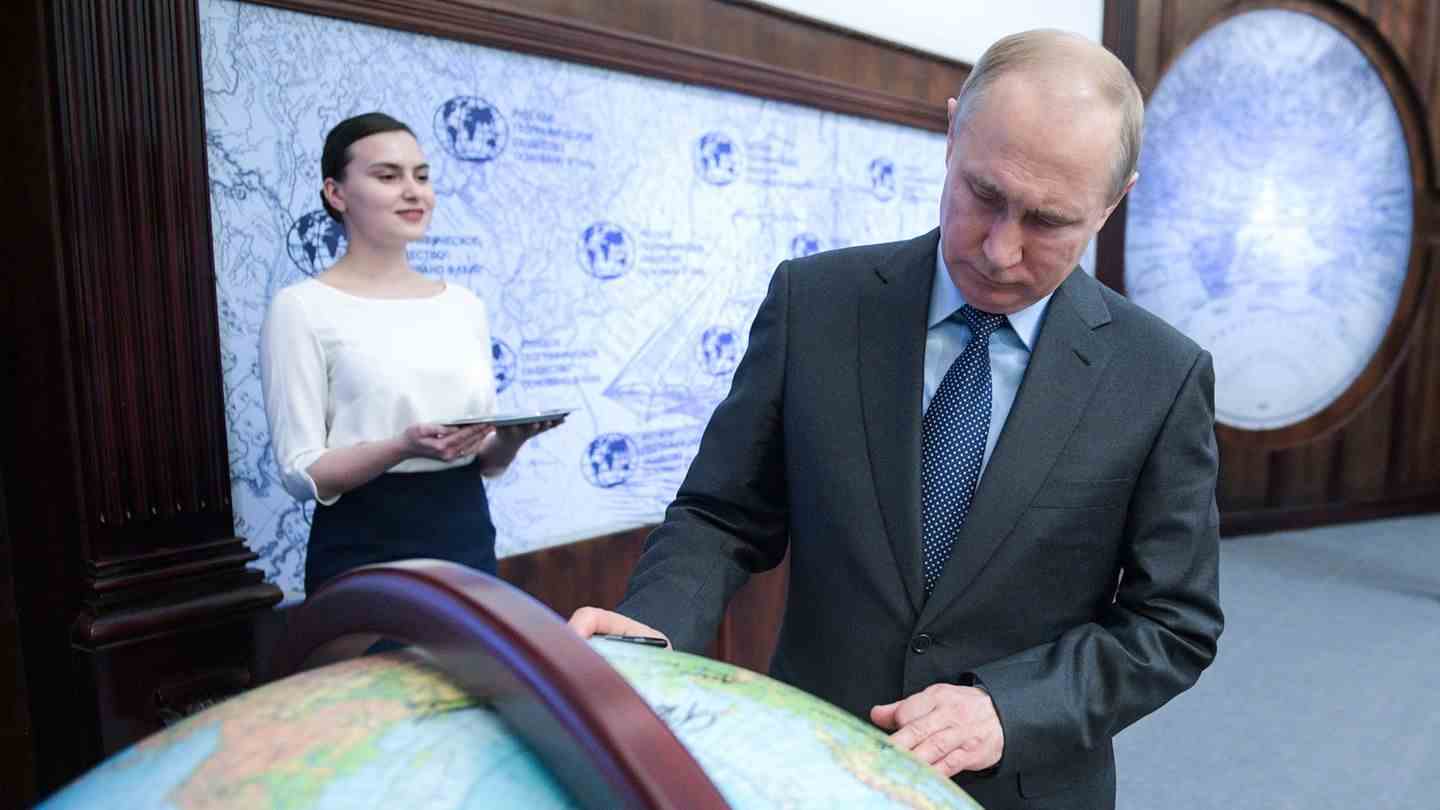Ukraine war
Attacks on satellite networks: Russia is also waging war in space
Vladimir Putin apparently also has his sights set on space.
© Alexei Druzhinin / Picture Alliance
The US and EU are now officially accusing Russia of attacking satellite networks around the world. Even Starlink is no exception, confirmed Elon Musk.
It started at the end of February. Wind turbine operators reported that they could no longer reach their stations. Electricity is still flowing, but remote control is no longer possible, they said. The reason was quickly found: Ka-Sat satellites from the US company Viasat were no longer transmitting, the line was dead irreparably damaged the users’ modems.
As a result, not only was communication disrupted, but around 5,800 wind turbines rotated without a guide and lost masses of kilowatt hours due to a lack of optimization of operation. In order to eliminate the disruption, Viasat had to replace 30,000 modems because the old devices could no longer be saved.
The actual destination was Ukraine
However, the wind power problem was only one effect of the destroyed modems – because private individuals and companies can also access the World Wide Web via Ka-Sat. According to Viasat, the hack affected thousands of people in Ukraine and tens of thousands of connections across Europe.
Suspicion arose very early on that Russia was behind it. The timing of the disruption was right, because the invasion of Ukraine began on February 24. But only now do both the US and the EU confirm that this theory corresponds to the facts.
US Secretary of State Antony Blinken told Reuters that the cyberattack was aimed “to disrupt Ukraine’s command and control structure during the invasion.” The effects on networks outside Ukraine were apparently a side effect that Russia did not intend but accepted.
The countries remain silent about the exact consequences for the security forces in Ukraine, but “Reuters” explains that Ka-Sat plays an important role for the local police and military – or played.
Starlink is also under pressure
Maybe that’s why the call for an alternative to Ka-Sat was very loud very early on, because terrestrial lines also suffered badly from the attack, in the course of the invasion Russia routed entire regions of Ukraine to the Internet via its own country, thus gaining control over the Internet , what people can see and say there (learn more here).

At the end of February, US billionaire Elon Musk intervened at the request of Ukraine’s digital minister, Mykhailo Fedorov. He made his Starlink satellite internet available to the country and continues to send more and more ground stations to the country to this day. Just a few days ago, it was said that more than 150,000 people benefit from it every day – in the meantime it could be even more.
Fedorov showed on Twitter on May 8 what that looks like in reality. The ground stations are set up with long cables on the side of the road, and at a reasonable distance people use access to a free, uncensored network. The distance between people and the satellite dish is so important because the ground stations can be located and attacks by Russian troops must be expected.
But it is unclear how long Starlink will continue to function so smoothly. Because Ka-Sat was apparently just the beginning, a tweet from Elon Musk suggests. On the report that the EU and the US are now officially accusing Russia of attacking the satellites, he wrote: “Starlink has so far resisted Russian cyberwar jamming and hacking attempts, but the Russians are stepping up their efforts.”
A digital front on both sides
Russia is also under pressure on the digital front. The hacking collective Anonymous publishes almost daily reports on targets that have been banned, taken offline or robbed of their data in Russia. You can read a summary of the activities here.
source: Reuters



